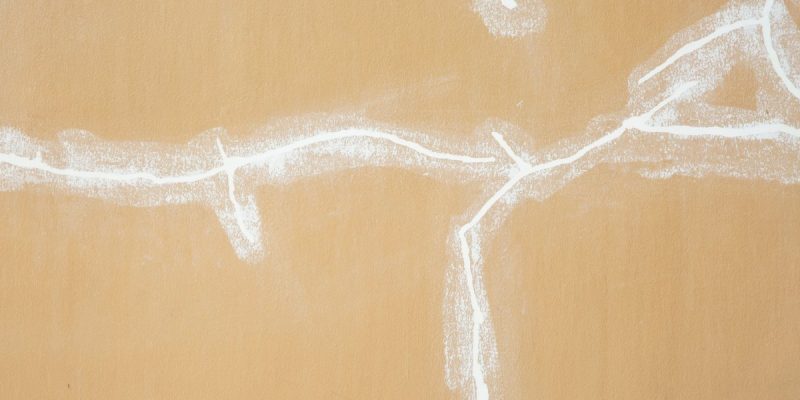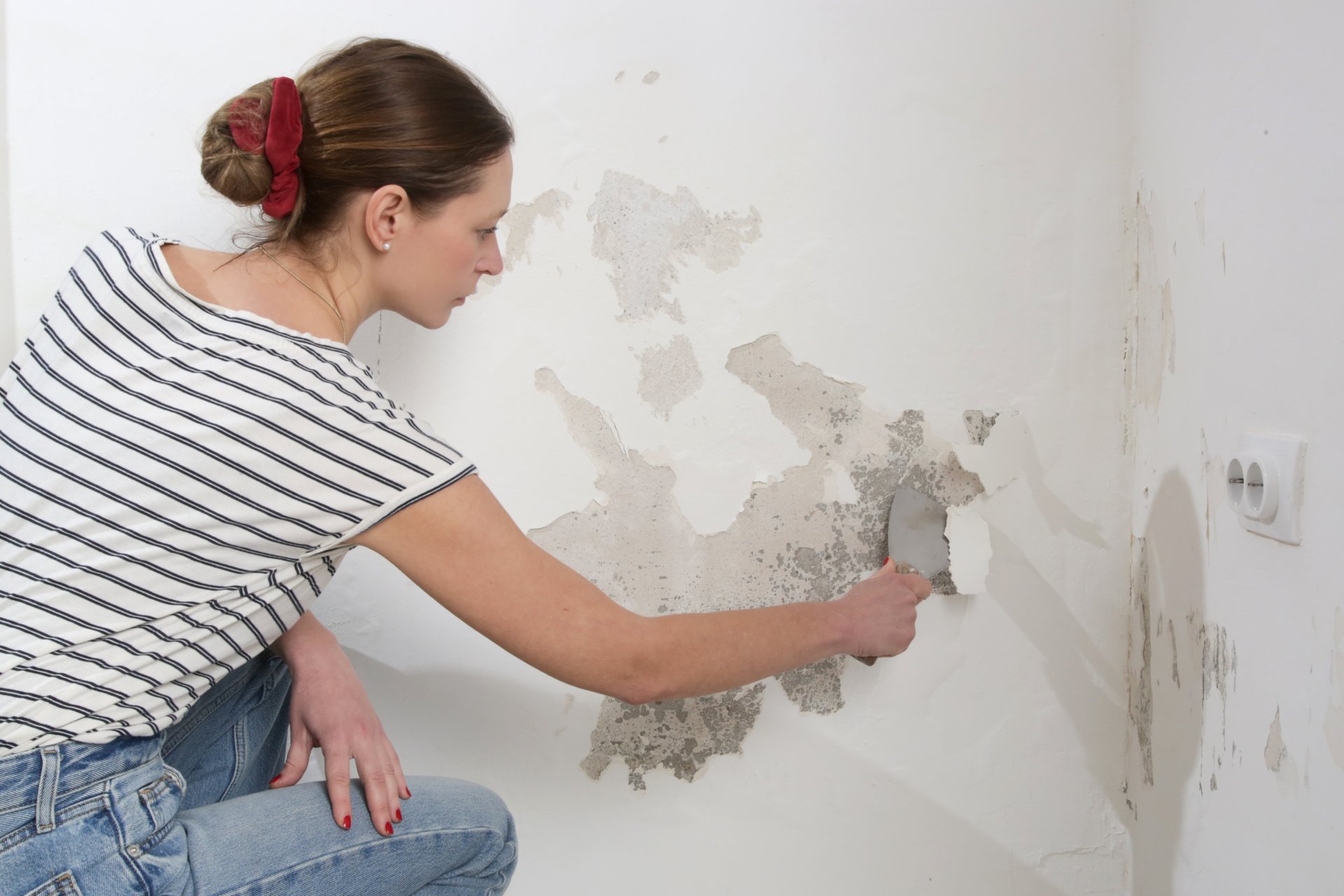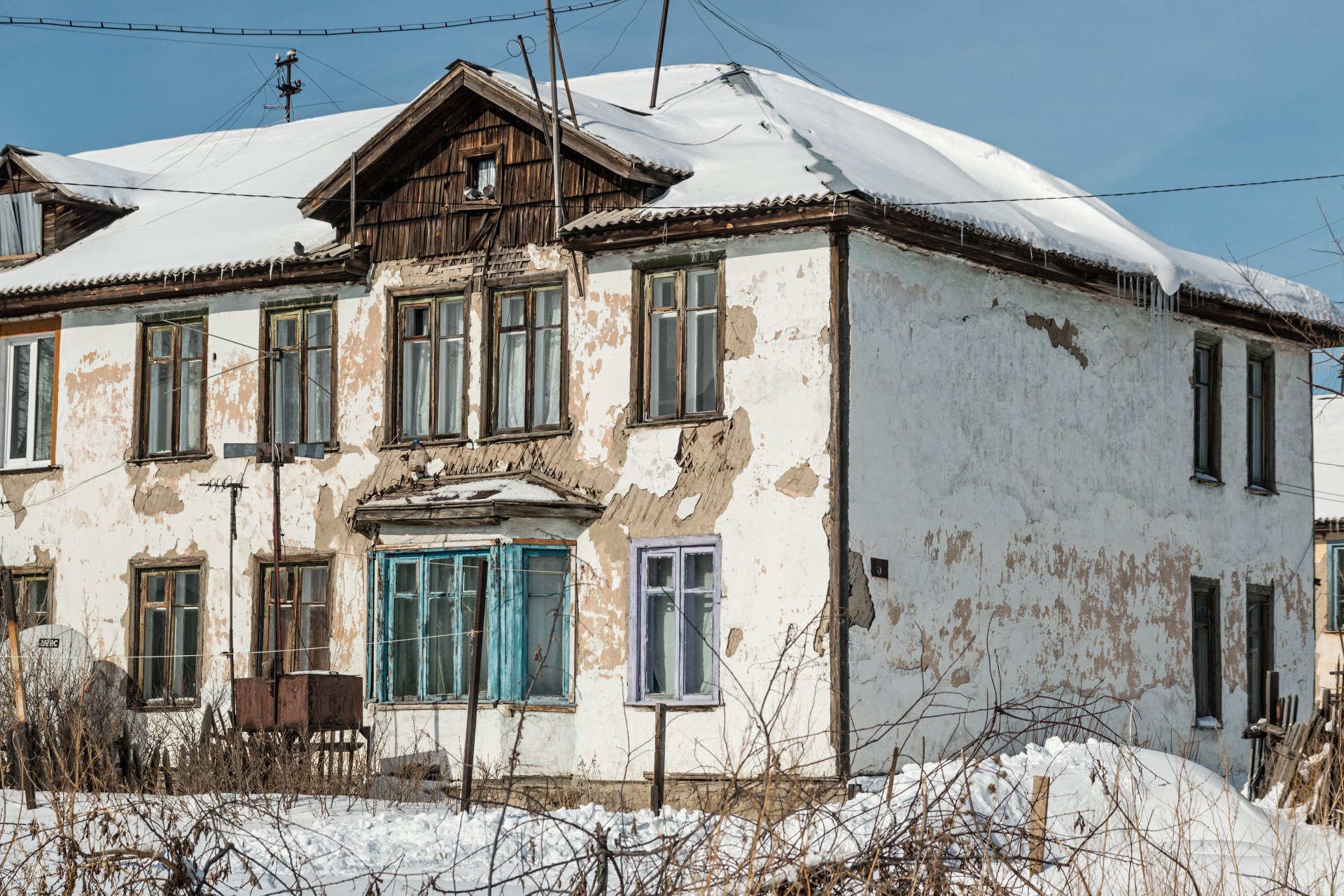Discover the essentials of drywall repair with simple explanations of common drywall issues and resources for quick and effective DIY fixes.
Explore common drywall challenges with this guide, providing essential insights and directing you to in-depth resources for effective repairs. From small holes to water damage, learn highlights of drywall maintenance to achieve optimal results. Then for more detail, check out the links we’ve provided below.
Small Holes: Quick Fixes
One of the most common drywall issues is small holes, like those from nails or screws.
Here’s how to fix them:
- Fill the hole: Use spackling paste to fill the hole. Ensure its slightly overfilled to account for shrinkage as it dries.
- Sand smooth: Once dry, gently sand down the filled space with a drywall sanding sponge, to achieve a flush finish.
Additional step: For a perfect finish, if you see that the first layer of spackle shrinks significantly, apply a second layer. Remember, patience is key for a smooth, unnoticeable repair.
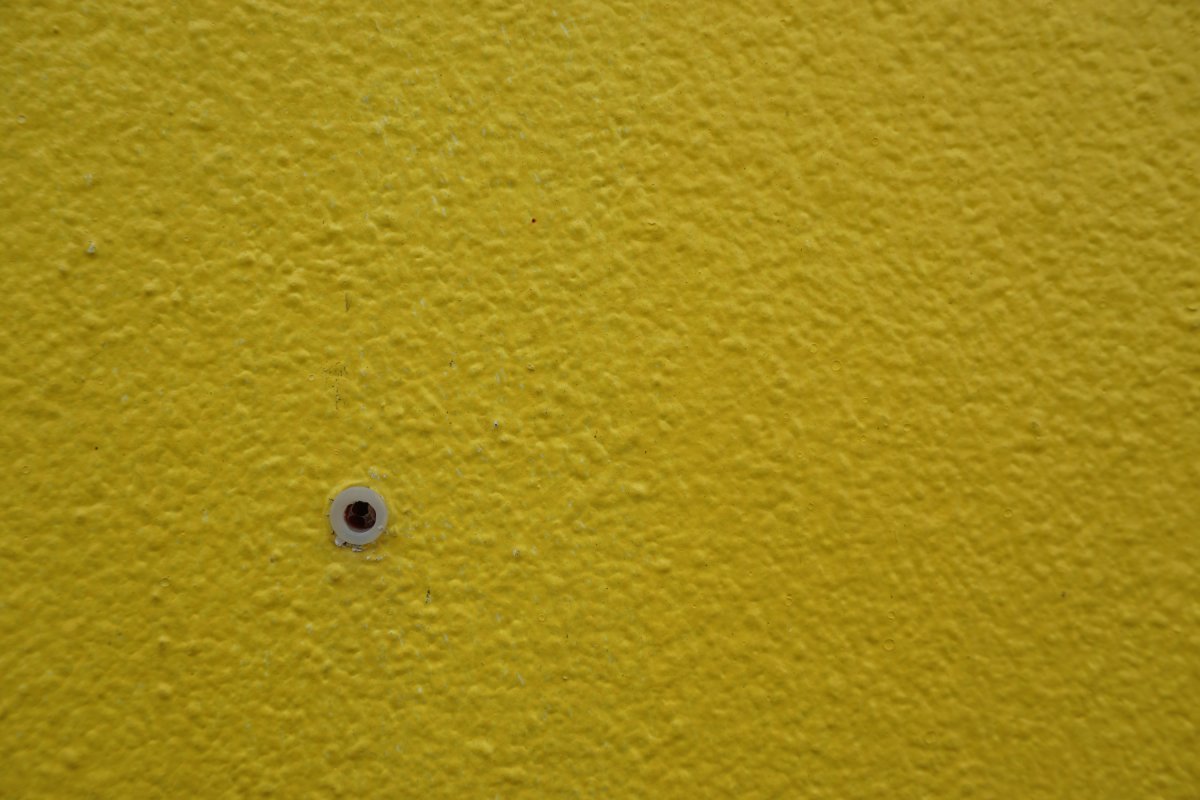
For a detailed guide by a home improvement expert: https://www.thespruce.com/fix-small-hole-in-drywall-1822830
Cracks: Sealing the Split
Cracks can appear over time due to settling or humidity changes.
- Widen the crack: Use a utility knife to slightly widen the crack. This allows for better filler adhesion.
- Apply joint compound: Fill the crack with joint compound, then smooth it with a putty knife. Sand it once it dries.
Pro tip: For deeper cracks, consider using a mesh tape before applying the joint compound. This adds strength to the repair and prevents recurrence of cracks.
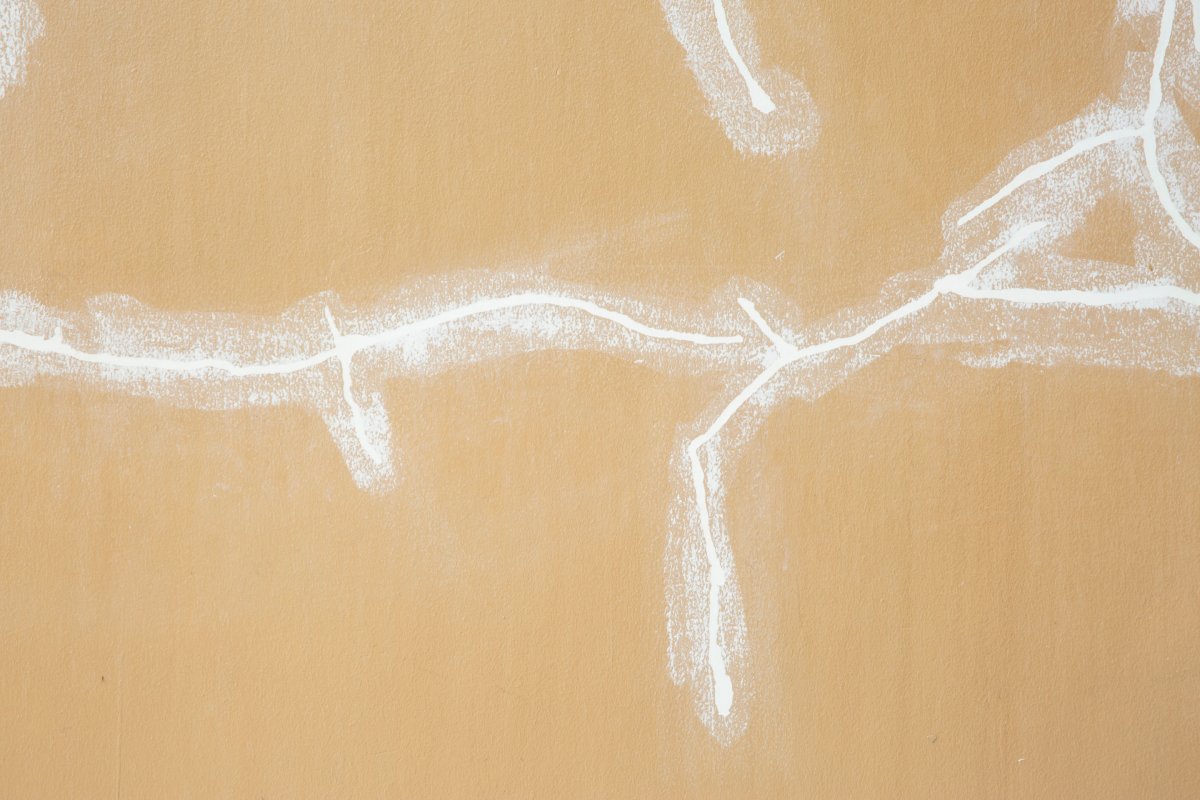
Check out this friendly explanation by an experienced painter:
Water Damage: Addressing the Unsightly
Water damage requires more attention, as it can affect the integrity of the drywall.
- Identify and repair the source: First, ensure no ongoing water leakage.
- Prepare and mark the area: Wear safety gear, identify the extent of the damage, and then outline the section to be removed using a pencil or marker, ideally in a square or rectangular shape.
- Cut and remove the damaged section: Use a utility knife or drywall saw to cut along the marked lines. If the drywall is attached to studs with screws, remove them before gently pulling out the damaged section.
Note: When cutting, be aware of potential electrical wiring or plumbing behind the drywall. Proceed with caution to avoid damaging these.
- Patch and paint: Patch with a new piece of drywall, then tape, mud, sand, and paint.
Remember: If water damage is extensive, it might also have affected the structural integrity of the wall framing. In such cases, consulting a professional is advisable.
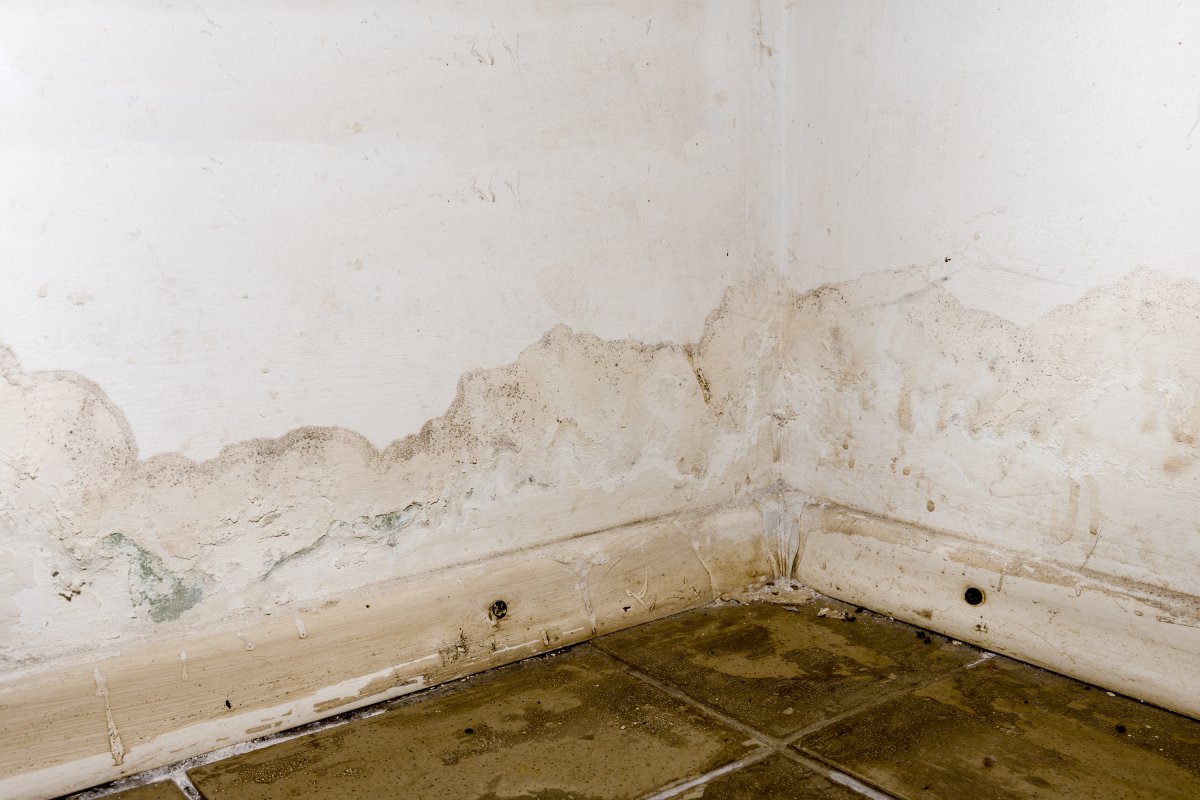
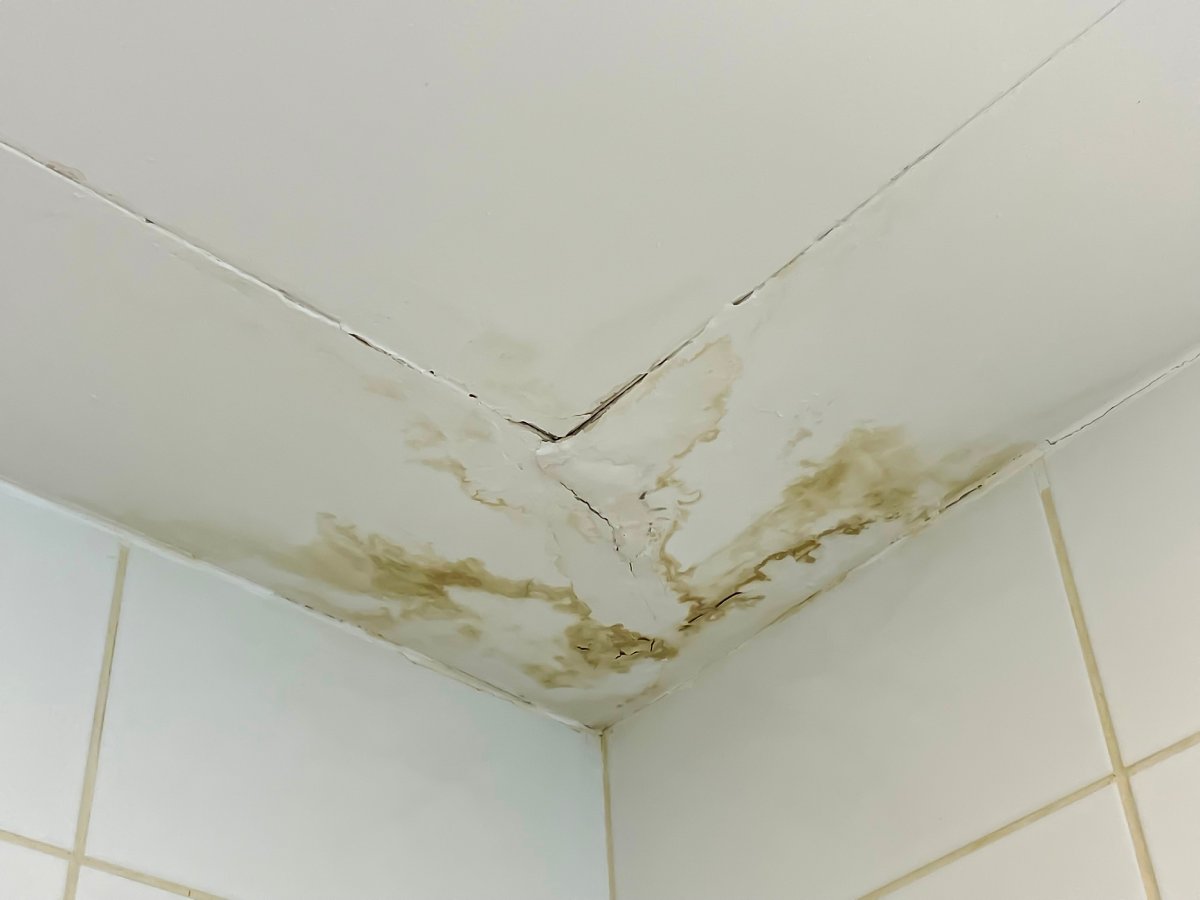
For a detailed tutorial by a DIY teacher:
Wall Texturing: Matching Existing Patterns
If your wall has a texture, replicate it on the patch for a seamless look.
- Apply texture: Use a texturing tool or sponge to mimic the existing pattern.
- Prime and paint: Once dry, prime and paint to blend with the surrounding area.
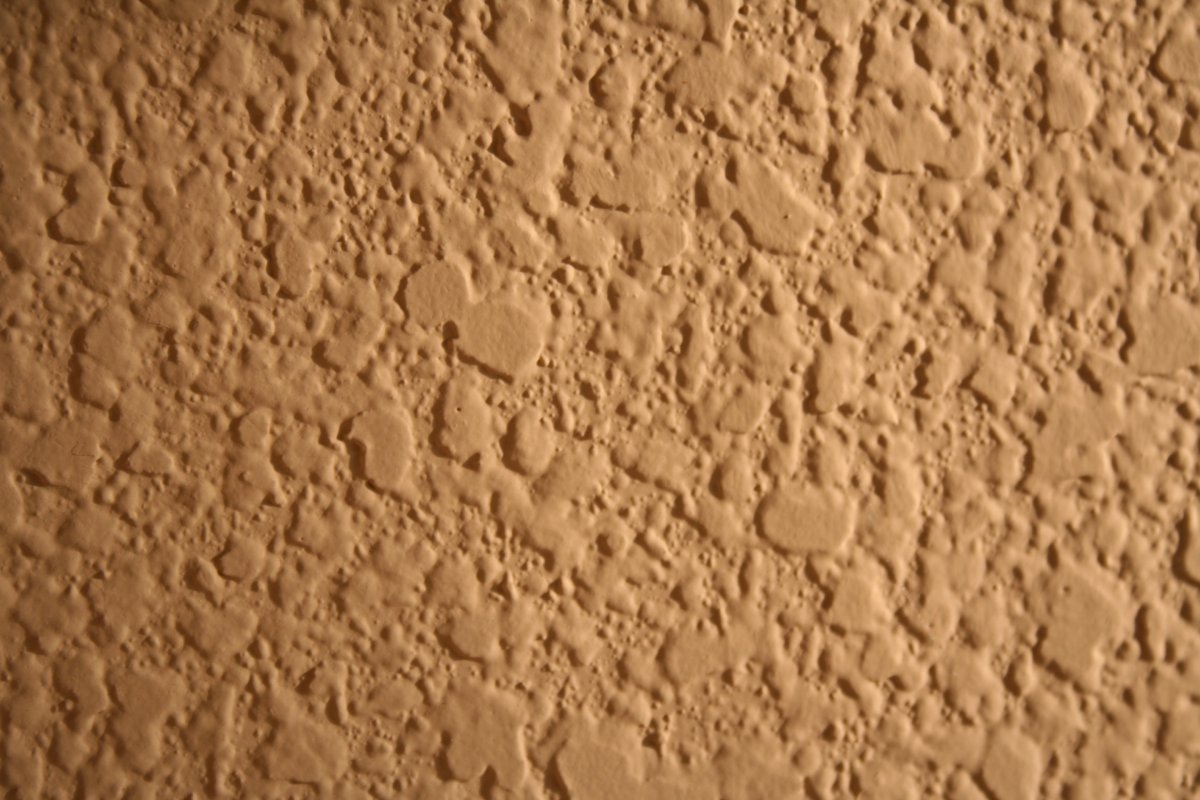
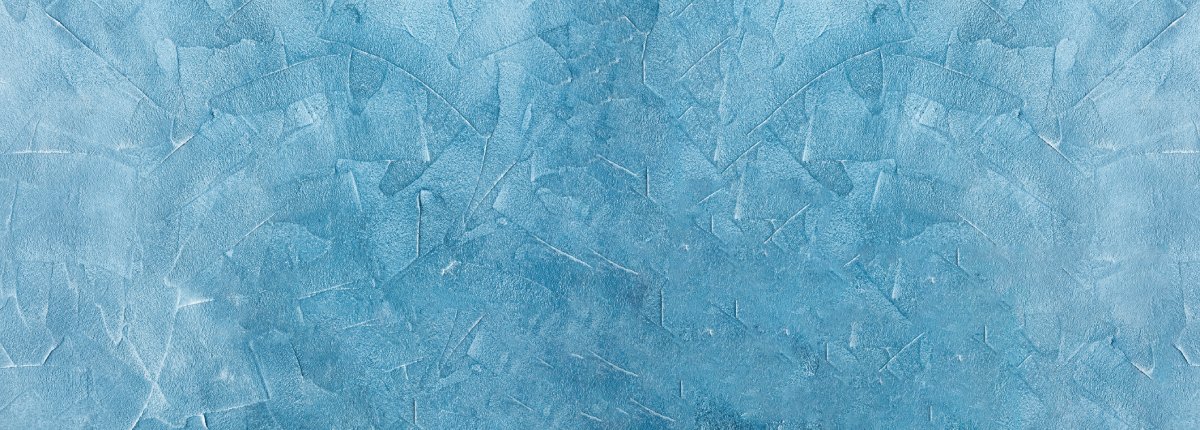
Learn 3 different ways to repair a textured wall:
Bulges and Bumps: Smoothing Out Irregularities
Sometimes, drywall can show bulges or bumps, often due to improper installation or underlying issues.
- Identify the cause: Investigate whether the bulge is due to a protruding nail or screw, or something more serious.
- Correct and smooth: If it’s a nail or screw, simply drive it in and spackle over. If the bulge is due to an installation issue, you may need to remove and replace that section of drywall.
Here’s a helpful video that shows how to fix drywall bumps:
Final Words of Wisdom
While DIY can be rewarding, some drywall repair jobs might be too big or complex. Feeling in over your head? For those who prefer a professional, quick, and thorough job without the headaches and at reasonable costs, Dallas Paints is your go-to expert for drywall repairs. For a free quote and consultation, make an appointment or call us at (214)-978-4400.

